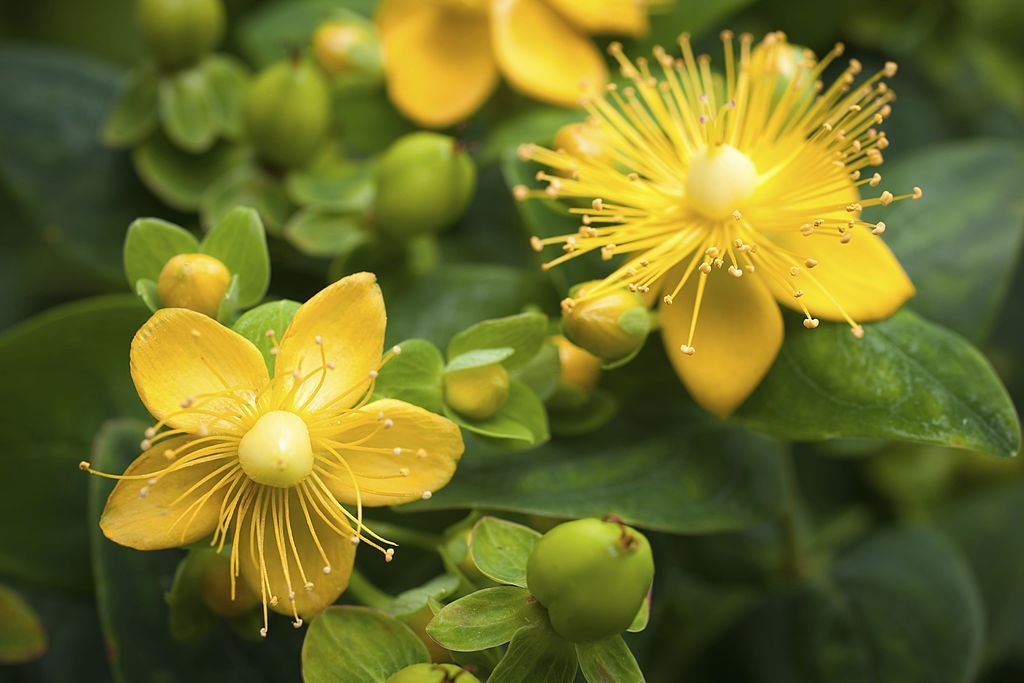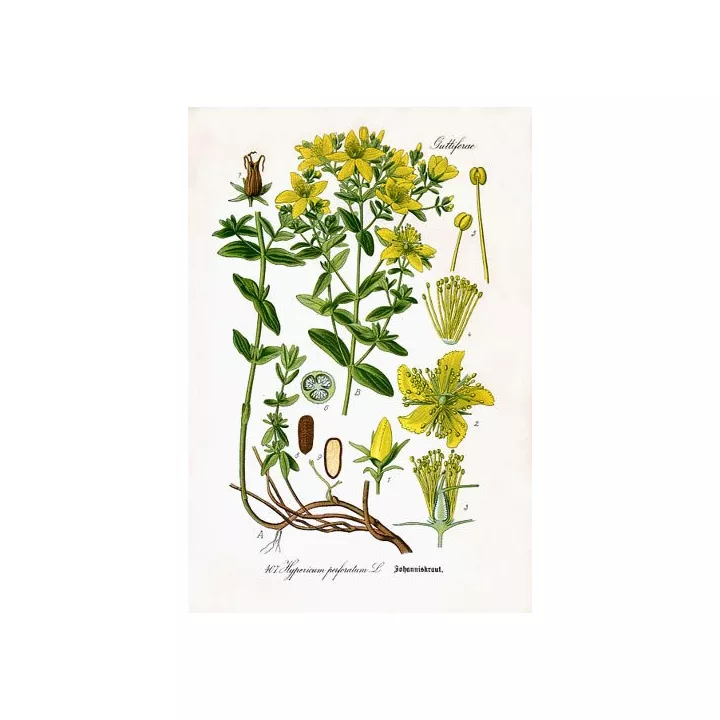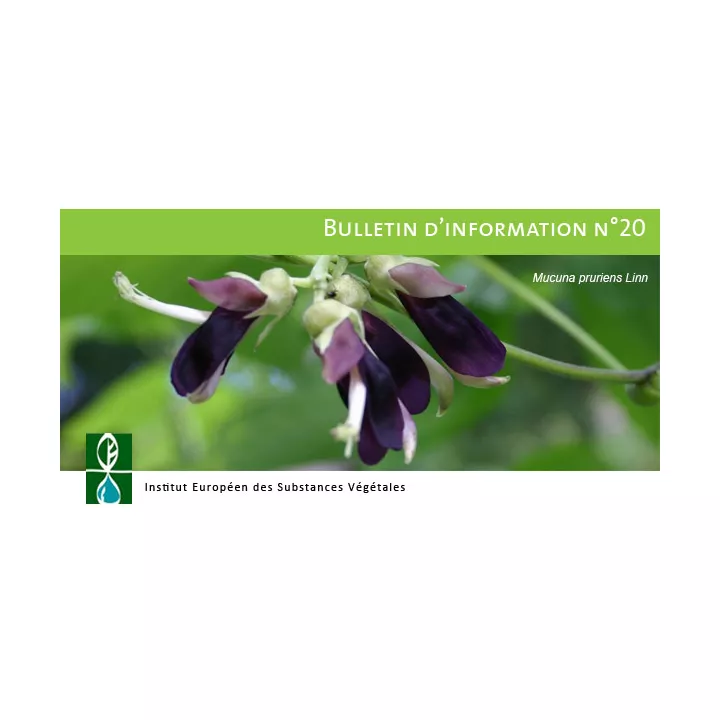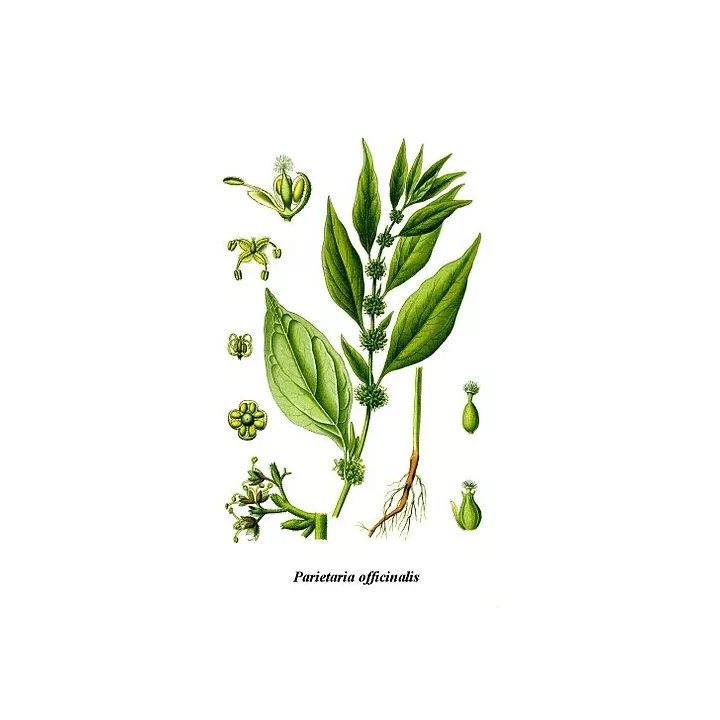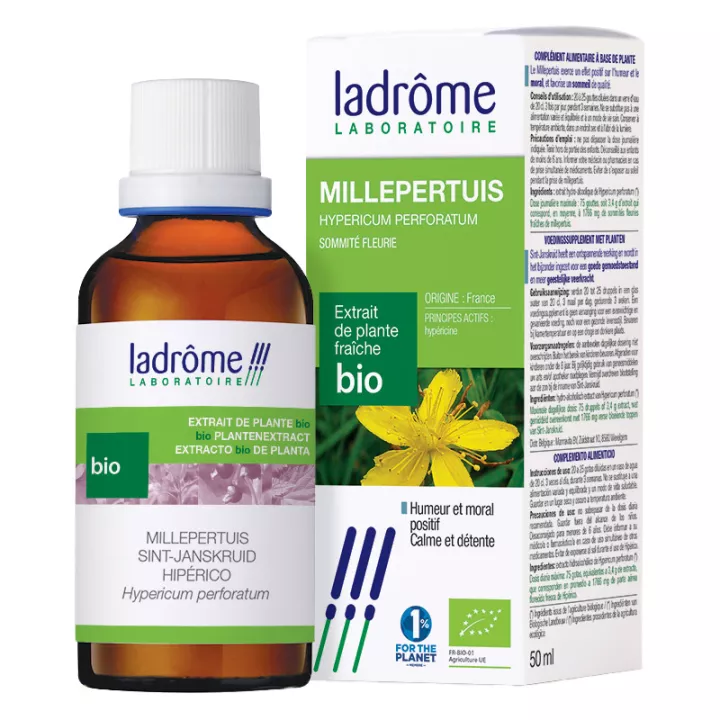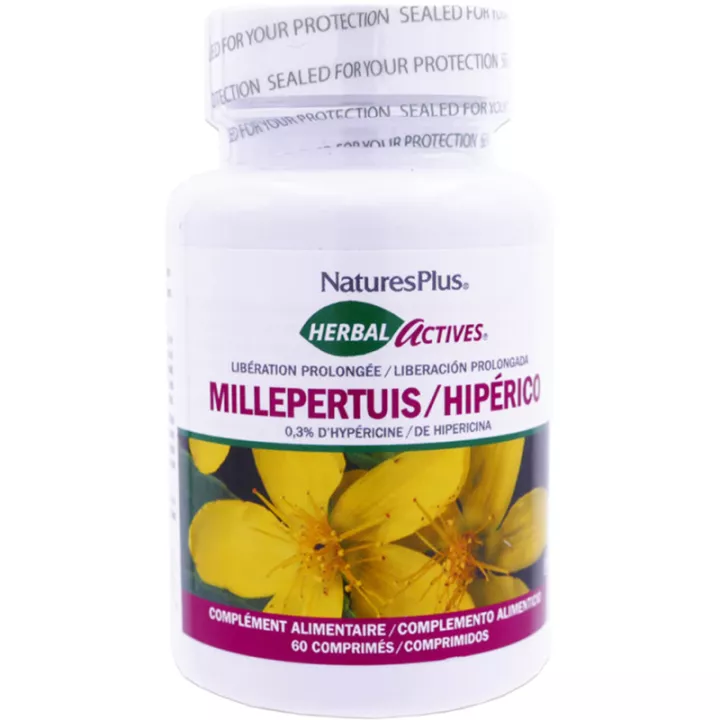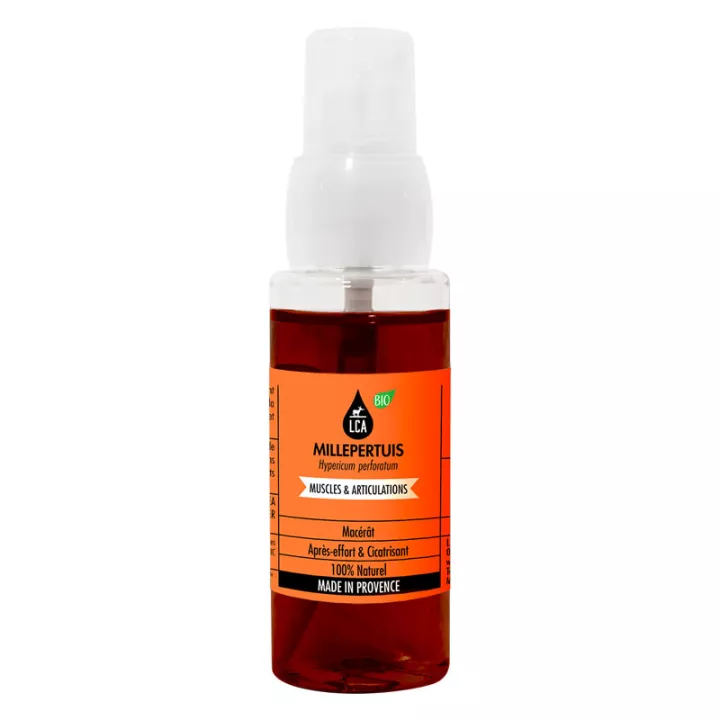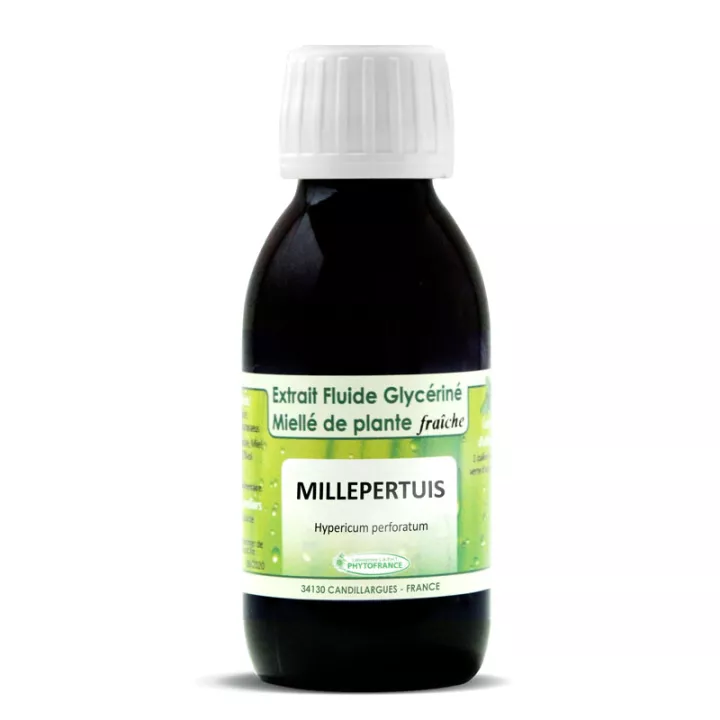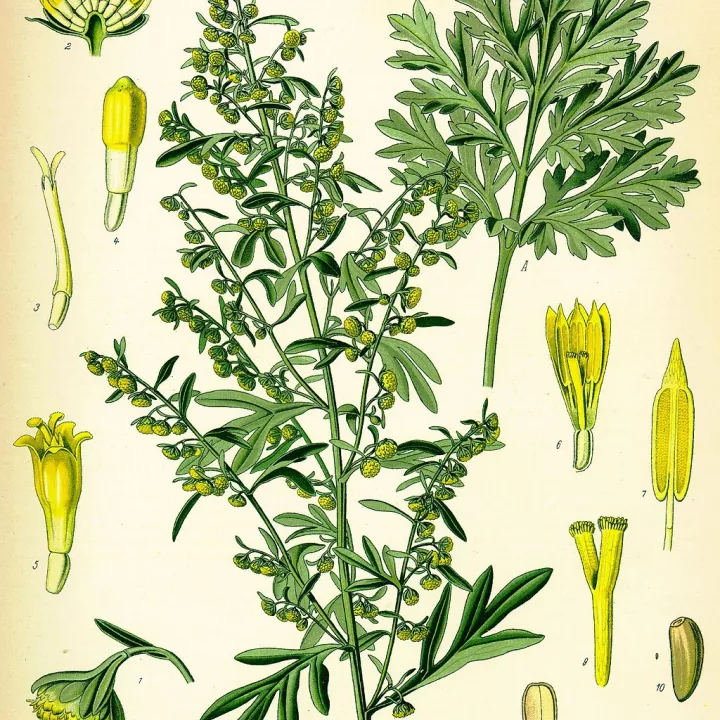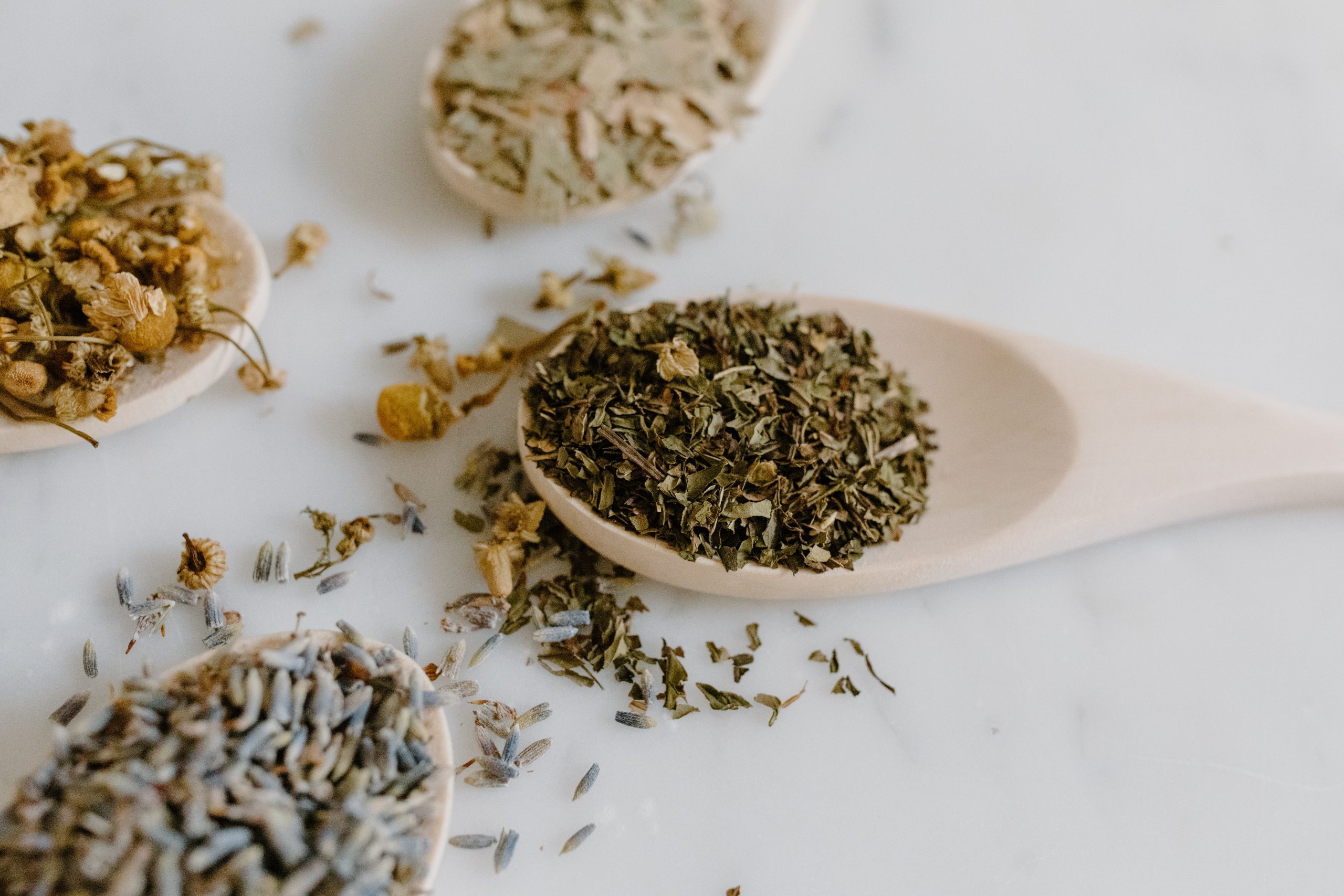What is St John's Wort cut buds used for?
St John's Wort is a very popular plant in the world of phytotherapy. Used since ancient times, this plant has many beneficial health properties. Among its components, the flowering tops of St. John's Wort are particularly appreciated for their therapeutic effects. In this article, we'll look at the properties of St. John's wort buds, sold by our online herbalist.
Properties of St. John's wort flowering tops St. John's wort flowering tops are rich in hyperforin and hypericin, two active compounds responsible for their therapeutic properties. Here are the main properties of St. John's wort:
- Antidepressant effect: St. John's wort is widely used to treat mild to moderate depression. The active compounds they contain stimulate the production of serotonin, a neurotransmitter that regulates mood.
- Anti-inflammatory effect: St. John's wort has anti-inflammatory properties that can relieve joint, muscle and menstrual pain.
- Healing effect: St. John's wort buds have healing properties that can accelerate the healing of wounds and burns.
- Antiviral effect: St. John's wort buds have antiviral properties that can help combat herpes and Epstein-Barr viruses.
- Calming effect: St. John's wort has calming properties that can help reduce anxiety and stress.
St. John's Wort has antidepressant properties, the activity of which is linked to inhibition of neuromediator reuptake (mainly serotonin, dopamine and noradrenaline) and moderate interaction with GABA-A receptors (mainly hyperforin). It is anxiolytic and sedative, even with hyperforin-free extracts. Naphthodianthrones are highly reactive in the presence of light and give the oil its red color; hyperforin is the most serious candidate. Amentoflavone binds to the benzodiazepine receptor. The antidepressant effect is probably due to a synergy between different substances. Hypericin is sedative and melatoninergic, and may combat cytomegalovirus and herpes simplex. It is a neuroprotective plant. Hyperoside acts on human brain tumours, inhibiting tumour growth in leukemia cells and cerebral glioblastoma cells. St. John's wort is also serotonergic and melatoninergic (increases melatonin levels). Modest activity against behavioral stress factors.
In 1996, a meta-analysis reported the results of 27 trials (involving a total of 1,757 patients) comparing St. John's Wort with either placebo or active treatments. It suggests that St John's Wort is more effective than placebo and as effective as low-dose tricyclic antidepressants (TCAs) in treating depression. Its mechanism of action appears similar to that of conventional antidepressants: inhibition of monoamine reuptake.
A double-blind trial on 324 patients with mild to moderate depression treated with a 0.2% alcoholic extract of hypericin showed identical efficacy to 50 mg imipramine twice a day, while another study showed the same efficacy as imipramine, with better tolerance.
Products containing St. John's Wort powder for oral consumption, sold over the counter, are currently marketed illegally in France.
St. John's Wort is also anti-inflammatory, analgesic, cholagogue and digestive. Externally, it is said to be antiseptic, astringent, healing and vulnerary.
Iphym also offers Cut-leaf Hazelnut at the best price in our online pharmacy.
How to use this plant?
- Antidepressant: serotonergic action. Ideal for seasonal depression.
- Infusion: pour boiling water over 2 g finely chopped plant, cover and leave to stand for 10-15 min, then filter.
Give your opinion on the advice for use and dosage of Millepertuis Sommité Coupé with our partner Verified opinions after your purchase.
What are the precautions for use?
- Interactions with "low therapeutic margin" drugs, notably anti-retrovirals (anti-HIV drugs such as indinavir), digoxin, theophylline, anti-vitamin K drugs, ciclosporin, oral contraceptives, SRI antidepressants, amitriptyline, cyclosporine, fexofenadine, indinavir, methadone, midazolam, nevirapine, phenprocoumon, simvastatin, tacrolimus and warfarin. These interactions are linked to enzymatic induction of cytochrome P450 and induction of membrane P-glycoprotein.
- Possible reduction in drug effect secondary to a decrease in plasma concentration, due to possible induction of CYP2C9, CYP3A4 and CYP1A2.
- Interactions with protease and transcriptase inhibitors, immunosuppressants ciclosporin and tacrolimus, irinotecan, imatinib, minidosed hormonal contraceptives, serotonergic antidepressants through induction of cytochrome P450 CYP3A4 (hyperforin) and P-glycoprotein (hypericin)
- Abrupt discontinuation of St. John's Wort may therefore also lead to an increase in the plasma concentration of these drugs.
- St. John's Wort induces CYP3A4 activity progressively and powerfully, and the elimination of ethinylestradiol, a major substrate of CYP3A4, will be greatly accelerated in the presence of St. John's Wort. As a result, the contraceptive effect will no longer be assured, and an alternative method of contraception will be required
- All St John's Wort preparations, even homeopathic, MUST bear the following warning on the packaging: "Caution, risk of drug interaction. Combining this St John's Wort preparation with other drugs may reduce their effectiveness. Conversely, abruptly stopping St. John's Wort may increase the toxicity of these drugs. Ask your doctor or pharmacist for advice."
What does it contain?
At our online herbalist, we offer high-quality, organically grown St. John's Wort buds. Please contact us for more information on our products.
- Latin name: Hypericum perforatum L.
- Family: Hypericaceae
- Common names: Herbe aux mille trous, Herbe percée, Herbe aux piqûres, Chasse-diable, Herbe de la saint Jean
- Parts used: Flowering tops
Botanical description
- Common herbaceous plant, growing along roadsides.
- Leaves small, oblong, punctuated with black on the edges, with numerous small translucent secretory pockets all over the leaf blade, visible through the light as perforations.
- Flowers with yellow petals edged with black glandular hairs.
Pharmacology
Active ingredients : Red pigments of the anthrone group, phenolic compounds derived from phloroglucinol, flavonoids, biflavonoids, xanthones, tannins, proanthocyanidols, E.H.
